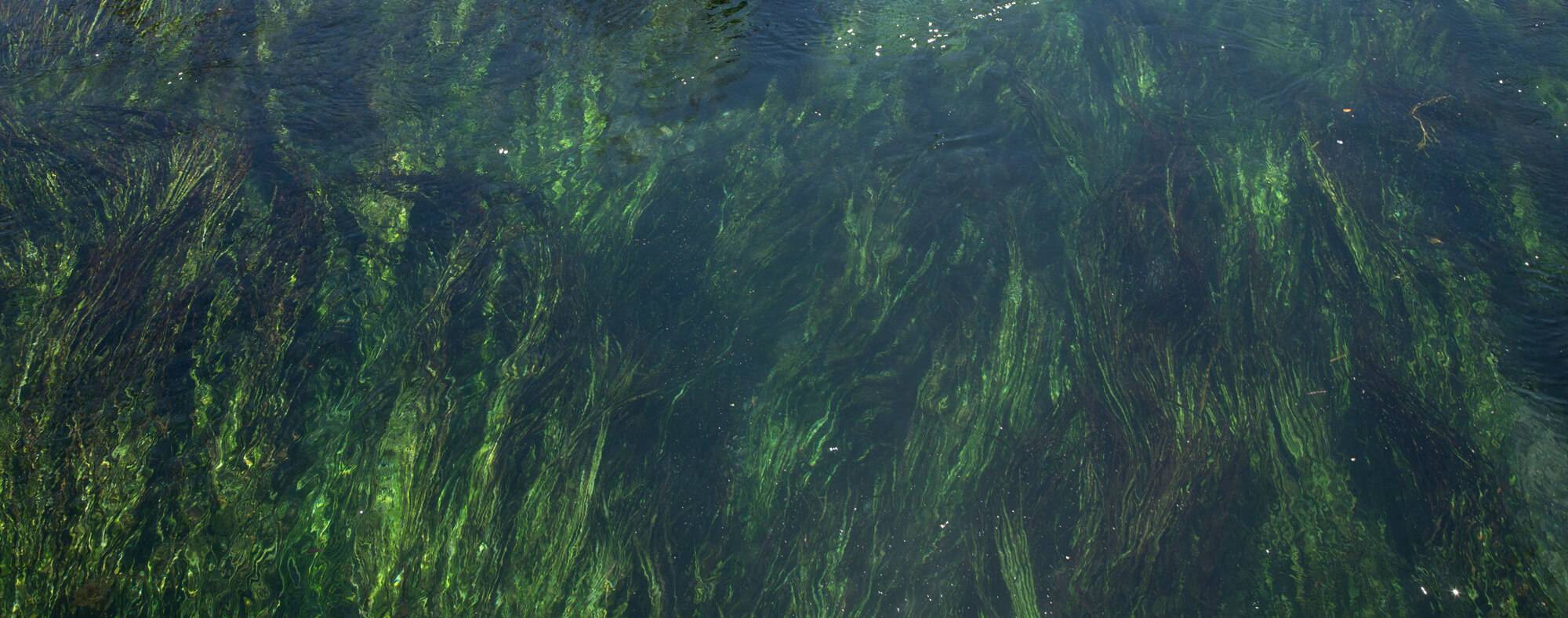Edwards Aquifer Habitat Conservation Plan: San Marcos Aquatic Vegetation Restoration

Project Summary
In 2013, the Edwards Aquifer Habitat Conservation Plan (EAHCP) was implemented to protect endangered aquatic species that rely on spring flow from the Edwards Aquifer in the San Marcos Springs in San Marcos and Comal Springs in New Braunfels. This long-term, collaborative plan involves stakeholders responsible for managing factors affecting endangered species of the Edwards Aquifer and its associated pumping activities. The restoration initiatives under the EAHCP are considered successful, which serves as a shining example of human intervention to mitigate negative impacts on urban aquatic ecosystems.
On the ground, biologists and technicians employ a multi-faceted approach that includes biological monitoring and removal of non-native species in the upper reaches of the Comal and San Marcos Rivers. The City of San Marcos contracts with the Meadows Center's Ecological Research Group (ERG) to restore the aquatic plant communities located in the upper reaches of the river to enhance habitat for the endangered fountain darter fish and expand coverage of the endangered Texas wild-rice plant. Notably, Hydrilla was the most prevalent non-native species in the San Marcos River, and, as of 2023, it has been removed in bulk from the upper 4 km of the river, with the ultimate goal of functional eradication.
Clearing out non-native vegetation is critical for maintaining the river’s habitat and biodiversity to reduce competition with natives and allow for a more suitable habitat for endangered Texas wild-rice and other native flora. Once a reach is in recovery, after the initial removal of non-natives, it is crucial to remove any invasive regrowth. This task involves meticulous inspection of the riverbed by divers to prevent the resurgence of Hydrilla in areas restored or being-restored. Native aquatic vegetation is then planted in areas where non-natives have thoroughly been removed. In addition, our team carefully tracks the progress of restoration activities to inform decision-making about future activities.
Our team is deeply dedicated to the EAHCP’s success and appreciative of our role in restoring the San Marcos River ecosystem. Preserving the rich biodiversity of the San Marcos River and enriching the surrounding community are core drivers of the Ecological Research Group.
Associated Publications & Resources
Project Lead

Tom Heard, M.S.
Wildlife & Fisheries Biologist, Habitat Field Crew
(512) 245-3553
th39@txstate.edu
Funder
This project is funded by the Edwards Aquifer Habitat Conservation Plan.


